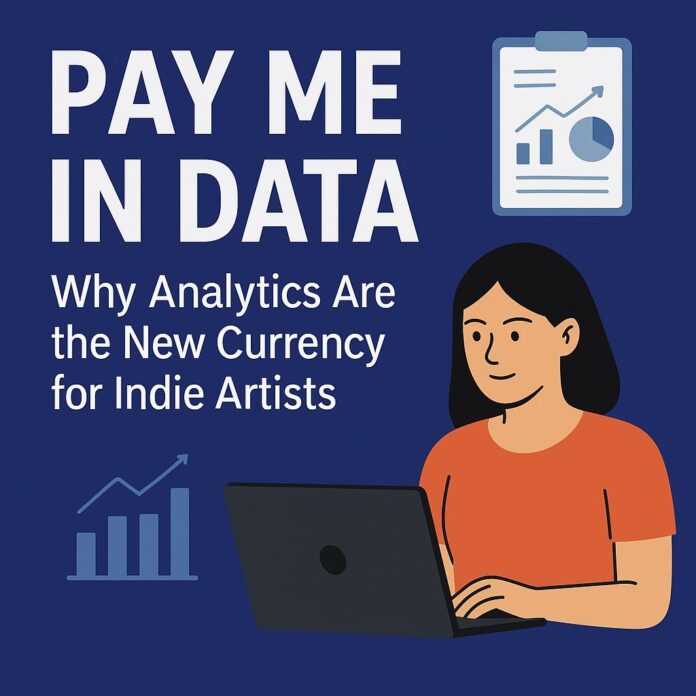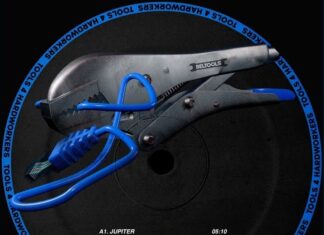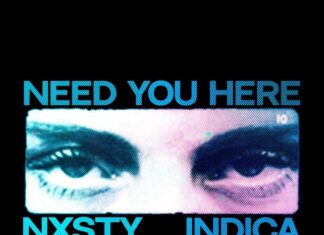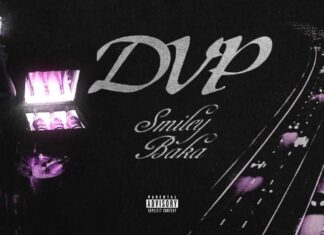
Pay Me in Data: Why Analytics Are the New Currency for Indie Artists
In today’s data-driven music economy, independent musicians are no longer just creators—they’re analysts, marketers, and strategists. Success now depends not only on writing great songs but also on decoding the invisible numbers that define audience habits. Understanding how fans listen, share, and engage has become a new form of currency: data.
From Streams to Strategy: The Shift in Music Metrics
It used to be that success was measured in streams, sales, and ticket numbers. Now, those surface-level metrics are just the beginning. In the era of streaming analytics, every skip, save, playlist add, and geographic data point tells a deeper story about an artist’s reach and resonance.
Today’s musicians can access real-time insights into where their listeners are located, what playlists are driving engagement, and how long fans stay tuned in. These numbers don’t just track performance—they guide creative and strategic decisions.
Understanding the Audience: The New A&R
Data has become the modern equivalent of an artist and repertoire department. Instead of waiting for a label to identify promising markets, independent artists can now see exactly where their fans are and what resonates with them.
For example, an artist might notice a surge of streams from a particular city. That insight could lead to targeted social media ads, localized merchandise drops, or even regional tour stops. Data turns passive audience behavior into actionable opportunity.
The Data-Driven Creative Cycle
Analytics don’t just influence marketing—they reshape creativity itself. When artists understand how fans interact with specific songs or themes, they can refine their sound without compromising authenticity.
If data shows higher engagement with acoustic versions or live performances, an artist might release more of that style. Similarly, knowing that fans engage more on Friday afternoons or during commutes can shape when new music drops or when to launch teaser content.
Touring Smarter, Not Harder
In the past, indie tours were often a financial gamble. Today, analytics mitigate that risk. By examining listener data by location, artists can plan tours strategically, focusing on regions where they have the highest density of listeners.
This approach improves ticket sales and strengthens fan communities in markets that matter most. Even mid-level artists can now negotiate better deals with promoters by proving audience metrics.
Data as a Negotiating Tool
The phrase “pay me in exposure” is fading fast. In the modern music landscape, artists can demand value based on data-backed leverage. Whether pitching to brands, venues, or collaborators, musicians armed with analytics can demonstrate reach, influence, and engagement that transcend vanity metrics.
The better artists understand their own data, the more negotiating power they hold. It’s not about chasing numbers—it’s about using them to build a sustainable and strategic career.
Balancing Art and Algorithms
There’s a fine line between creating for the algorithm and creating for the soul. The best independent musicians use data as a compass, not a cage. Numbers can reveal patterns, but they can’t replicate authenticity.
The key is to blend analytics with artistry—to use insights to amplify creative vision rather than dictate it.
The Future Is Measured in Insights
In a music world where attention is fleeting, data offers clarity. It helps artists cut through noise, build sustainable careers, and connect meaningfully with fans.
The next generation of successful musicians won’t just ask for payment in streams or exposure—they’ll say, “Pay me in data.” Because in the modern music economy, data isn’t just the new currency—it’s the new creative freedom.
























 🔥 Limited Time: Get 55% OFF All Plans - Ends in:
🔥 Limited Time: Get 55% OFF All Plans - Ends in: